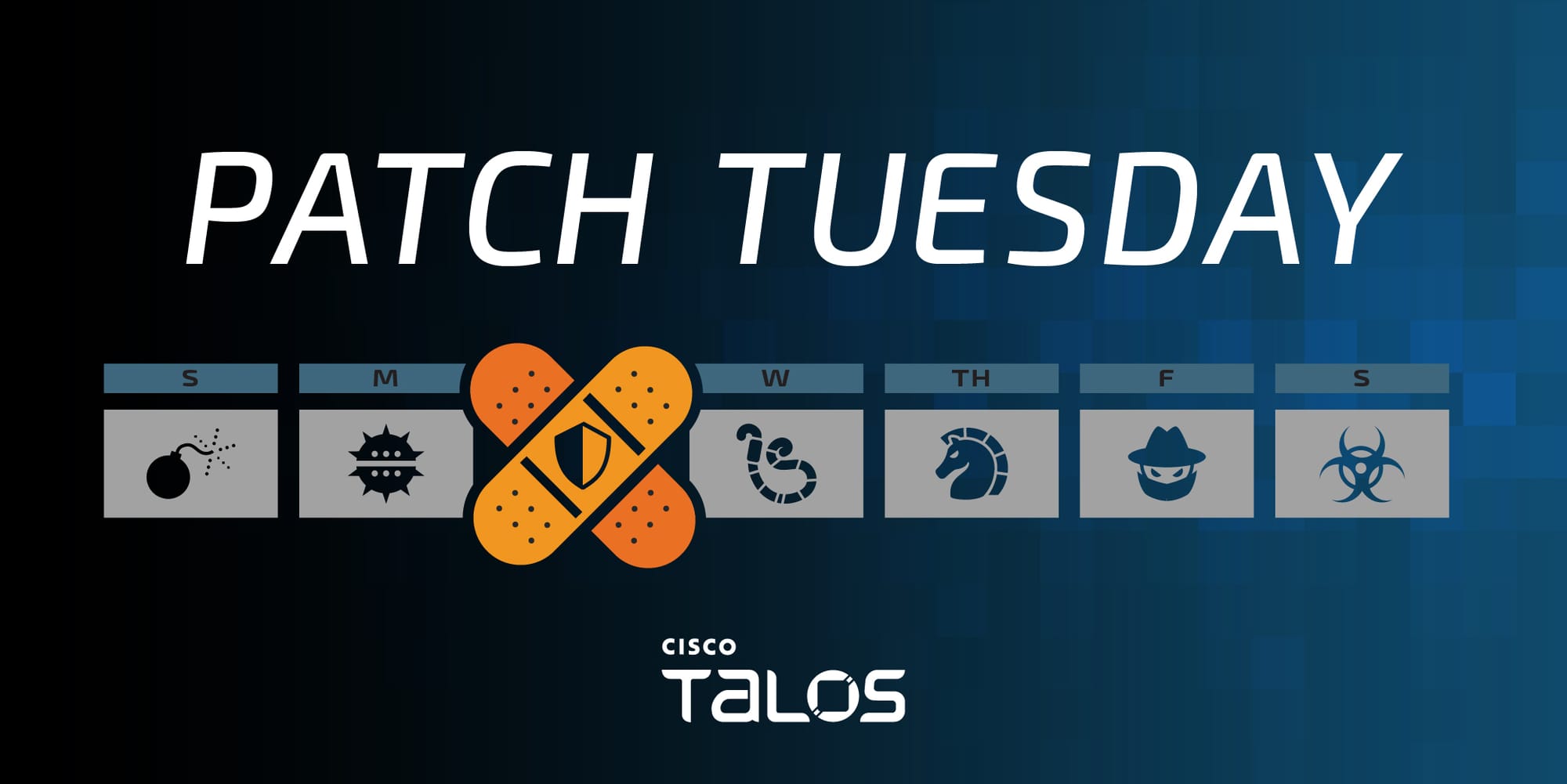
Microsoft released its monthly security update Tuesday, disclosing 49 vulnerabilities across its suite of products and software.
Of those there is only one critical vulnerability. Every other security issues disclosed this month is considered "important."
The lone critical security issue is CVE-2024-30080, a remote code execution vulnerability due to a use-after-free (UAF) issue in the HTTP handling function of Microsoft Message Queuing (MSMQ) messages.
An adversary can send a specially crafted malicious MSMQ packet to an MSMQ server, potentially allowing them to perform remote code execution on the server side. Microsoft considers this vulnerability “more likely” to be exploited.
There is also a remote code execution vulnerability in Microsoft Outlook, CVE-2024-30103. By successfully exploiting this vulnerability, an adversary can bypass Outlook registry block lists and enable the creation of malicious DLL (Dynamic Link Library) files. However, the adversary must be authenticated using valid Microsoft Exchange user credentials. Microsoft has also mentioned that the Outlook application Preview Pane is an attack vector.
The company also disclosed a high-severity elevation of privilege vulnerability in Azure Monitor agent (CVE-2024-35254). An unauthenticated adversary with read access permissions can exploit this vulnerability by performing arbitrary file and folder deletion on a host where the Azure Monitor Agent is installed. However, this vulnerability does not disclose confidential information, but it could allow the adversary to delete data that could result in a denial of service.
CVE-2024-30077, a high-severity remote code execution vulnerability in Microsoft OLE (Object Linking and Embedding), could also be triggered if an adversary tricks an authenticated user into attempting to connect to a malicious SQL server database via a connection driver (OLE DB or OLEDB). This could result in the database returning malicious data that could cause arbitrary code execution on the client.
The Windows Wi-Fi driver also contains a high-severity remote code execution vulnerability, CVE-2024-30078. An adversary can exploit this vulnerability by sending a malicious networking packet to an adjacent system employing a Wi-Fi networking adapter, which could enable remote code execution. However, to exploit this vulnerability, an adversary must be near the target system to send and receive radio transmissions.
CVE-2024-30063 and CVE-2024-30064 are high-severity elevation of privilege vulnerabilities in the Windows Distributed File System (DFS). An adversary who successfully exploits these vulnerabilities could gain elevated privileges through a vulnerable DFS client, allowing the adversary to locally execute arbitrary code in the kernel. However, an adversary must be locally authenticated to exploit these vulnerabilities by running a specially crafted application.
Talos would also like to highlight a few more high-severity elevation of privilege vulnerabilities that Microsoft considers are “more likely” to be exploited.
CVE-2024-30068, an elevation of privilege vulnerabilities in the Windows kernel, exists that could allow an adversary to gain SYSTEM-level privileges. By exploiting this vulnerability from a low-privilege AppContainer, an adversary can elevate their privileges and execute code or access resources at a higher integrity level than that of the AppContainer execution environment. However, the adversary should first login to the system and then run a specially crafted application that could exploit the vulnerability and take control of an affected system.
There are three high-severity elevation of privilege vulnerabilities — CVE-2024-30082, CVE-2024-30087 and CVE-2024-30091 — in Win32K kernel drivers that exist because of an out-of-bounds (OOB) issue. An adversary who exploits CVE-2024-30082 could gain SYSTEM privileges and exploiting CVE-2024-30087 and CVE-2024-30091, would gain the rights of the user that is running the affected application. Microsoft considers these vulnerabilities “more likely” to be exploited.
CVE-2024-30088 and CVE-2024-30099 are two high-severity, and more “likely exploitable” elevation of privilege vulnerabilities in NT kernel drivers. Successful exploitation of these vulnerabilities would provide the local user and SYSTEM privileges to an adversary, respectively.
Mskssrv, a Microsoft Streaming Service kernel driver, also contains two elevation of privilege vulnerabilities: CVE-2024-30089 and CVE-2024-30090. An adversary successfully exploiting these vulnerabilities could gain SYSTEM privileges.
CVE-2024-30084 and CVE-2024-35250 are two more likely exploitable, high-severity elevation of privilege vulnerabilities in the Windows Kernel-Mode driver. An adversary could gain SYSTEM privileges by successfully exploiting these vulnerabilities. However, they must first win a race condition.
A complete list of all the vulnerabilities Microsoft disclosed this month is available on its update page.
In response to these vulnerability disclosures, Talos is releasing a new Snort rule set that detects attempts to exploit some of them. Please note that additional rules may be released at a future date, and current rules are subject to change pending additional information. Cisco Secure Firewall customers should use the latest update to their rule set by updating their SRU. Open-source Snort Subscriber Rule Set customers can stay up to date by downloading the latest rule pack available for purchase on Snort.org.
The rules included in this release that protect against the exploitation of many of these vulnerabilities are 63581 - 63591, 63596 and 63597. There are also Snort 3 pre-processor rules 300937 - 300940.
